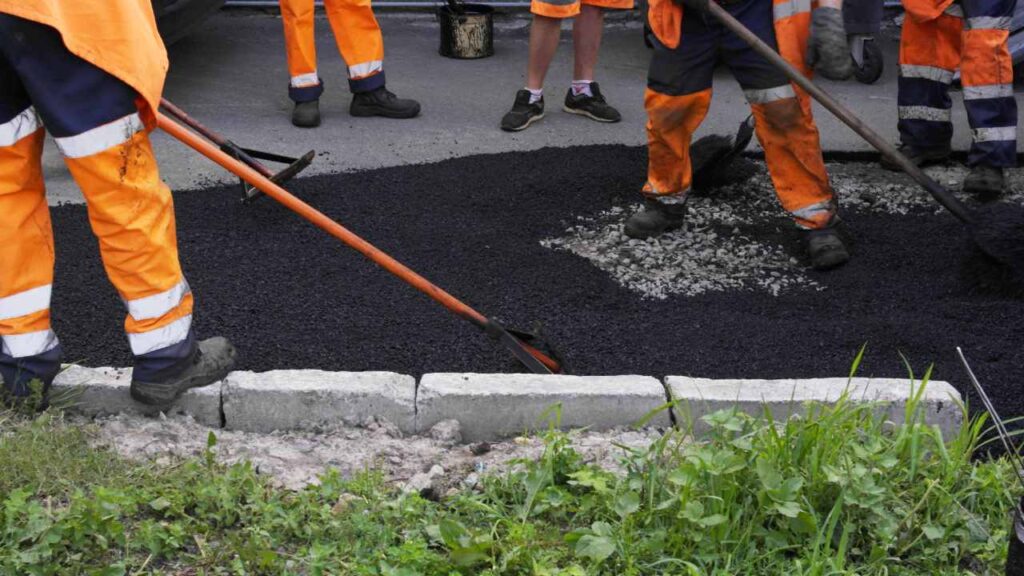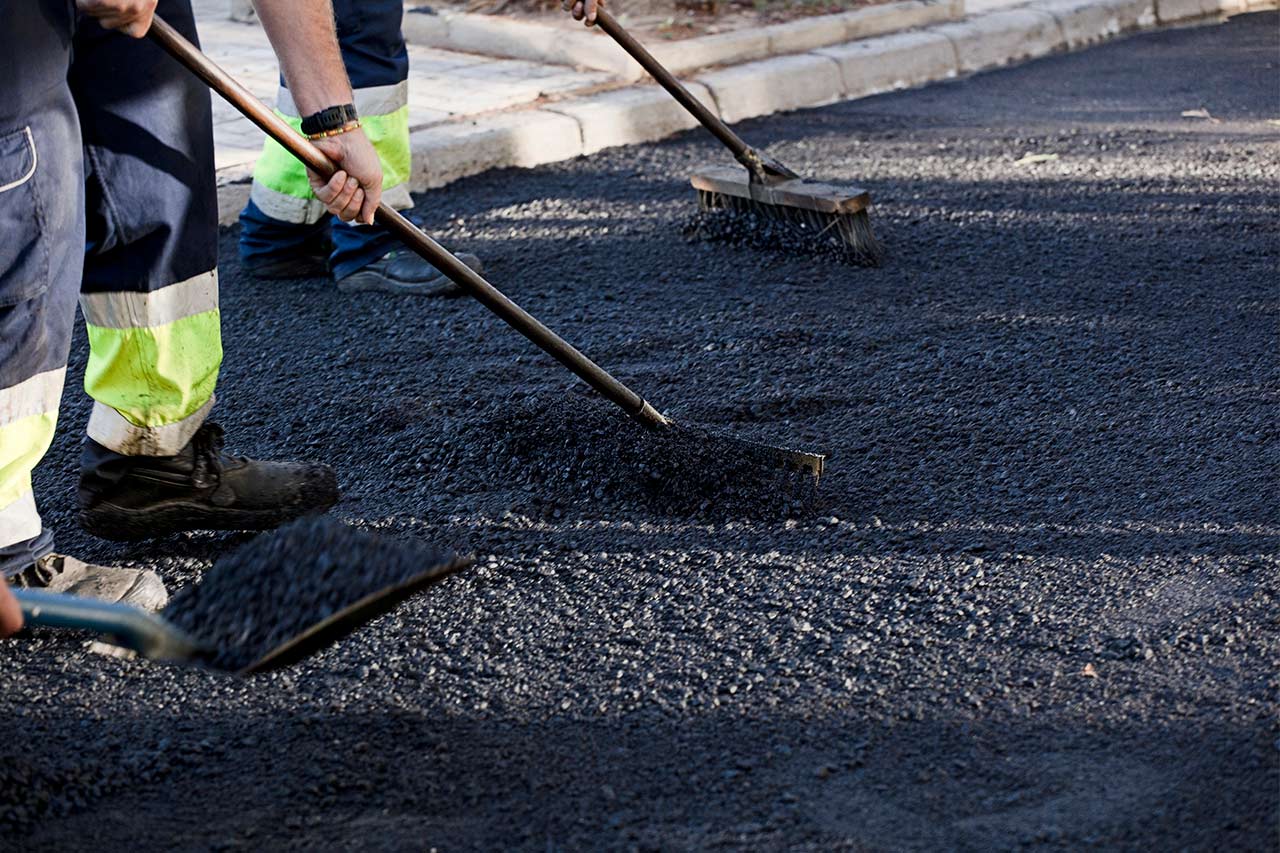If you are planning an asphalt paving project it is important to understand that asphalt installation is a complex and complicated process. It doesn’t take much time, the design, demolition and preparation processes can do that.
In total, there are nine different steps involved in installing asphalt pavement and we outline them below to create an overview of how the process works.
Design The Surface
The first step is to inspect, design and prepare project sites with a design error of less than one inch across the entire site.
Demolition
After the project design is completed, demolition must be carried out. Whether there is asphalt pavement, concrete, or pavers in the area, they must be removed so we can install the subbase and pavement later.
After demolishing the area, we remove the debris if it is old asphalt and can be recycled at an asphalt plant.
Qualification
Grading is important because it allows the finished pavement to achieve adequate water drainage, which helps prevent premature deterioration.
The percentage rating varies from project to project depending on location, landscaping and other factors.
Preparation And Installation Of The Subbase
Although you may never see it, the subbase beneath any asphalt pavement installation is its most important component.
A properly prepared subbase is essential because:
Provides a barrier to protect against frost caused by thawing and freezing. It creates a stable surface that is capable of supporting the new pavement and its projected traffic load.
Provides thick, compacted and stable support for the road or parking lot to improve its long-term durability.
Butt Joints, Transitions And Curbs
Most asphalt paving installations connect existing roads, parking lots or driveways, and there are usually adjacent curbs and sidewalks as well. When we install asphalt, we must smooth the connection between the new pavement and existing paved structures.
Installation Of The base Row
The base course is the layer of aggregates and binder that sits just above the compacted subbase or subgrade, depending on the project and its requirements.
After spreading the material, we compact it to provide additional strength and stability to the asphalt pavement that will sit on top.






